Intro
Discover key facts about Prednisone, a corticosteroid medication, including its uses, side effects, and dosage. Learn about prednisone benefits, risks, and interactions, and how it treats various conditions, such as inflammation and autoimmune diseases.
Prednisone is a synthetic corticosteroid that has been widely used in the medical field for its potent anti-inflammatory and immunosuppressive properties. It is prescribed to treat a variety of conditions, including asthma, allergies, arthritis, and certain types of cancer. Despite its effectiveness, prednisone can have significant side effects, and its use requires careful consideration and monitoring. In this article, we will delve into the world of prednisone, exploring its benefits, risks, and everything in between.
The importance of understanding prednisone cannot be overstated. As a medication that affects the body's immune system, it has the potential to impact various aspects of a person's health. From its effects on blood sugar levels to its role in managing chronic diseases, prednisone is a complex medication that demands attention and respect. Whether you are a healthcare professional, a patient, or simply someone interested in learning more about this medication, this article aims to provide a comprehensive overview of prednisone, covering its uses, side effects, and much more.
As we explore the topic of prednisone, it is essential to recognize the significance of this medication in modern medicine. With its ability to reduce inflammation and suppress the immune system, prednisone has become a staple in the treatment of numerous conditions. However, its use is not without risks, and patients must be aware of the potential side effects and take steps to mitigate them. By understanding the benefits and risks of prednisone, individuals can make informed decisions about their health and work closely with their healthcare providers to achieve the best possible outcomes.
What is Prednisone?
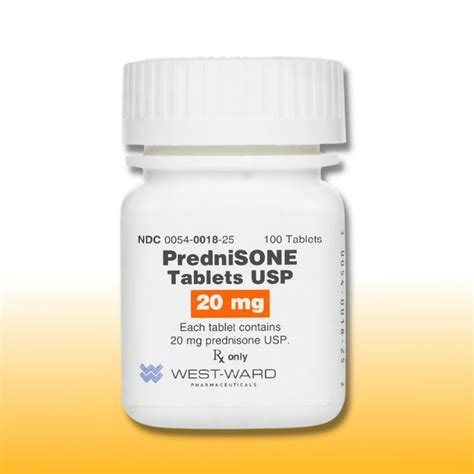
How Does Prednisone Work?
Prednisone works by binding to specific receptors in the body, which triggers a cascade of events that ultimately lead to the suppression of inflammation and immune system activity. This process involves the inhibition of various chemical mediators, such as prostaglandins and leukotrienes, which are responsible for promoting inflammation and immune responses. By blocking these mediators, prednisone can reduce swelling, redness, and pain, making it an effective treatment for conditions like arthritis, asthma, and allergies.Benefits of Prednisone
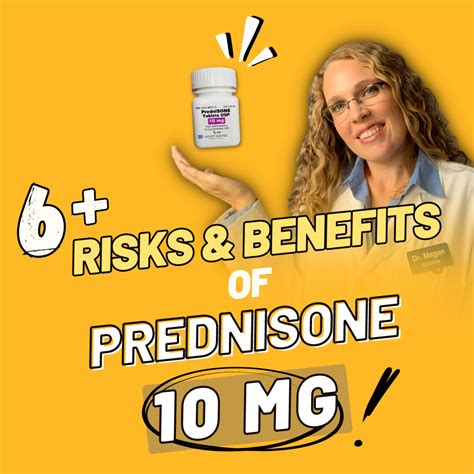
Prednisone for Asthma
Prednisone is commonly used to treat asthma, a chronic respiratory condition characterized by inflammation and constriction of the airways. By reducing inflammation and suppressing the immune system, prednisone can help alleviate symptoms like wheezing, coughing, and shortness of breath. In severe cases of asthma, prednisone may be prescribed as a rescue medication to quickly reduce inflammation and prevent life-threatening complications.Risks and Side Effects of Prednisone
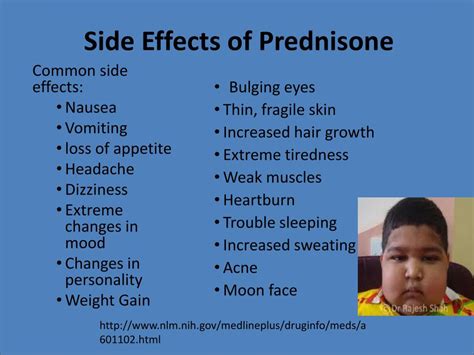
Long-Term Effects of Prednisone
Long-term use of prednisone can lead to more serious side effects, including: * Adrenal insufficiency, a condition in which the adrenal gland is unable to produce enough cortisol * Osteoporosis and increased risk of fractures * Cataracts and glaucoma * Skin thinning and poor wound healing * Increased risk of infections, such as pneumonia and tuberculosisInteractions and Contraindications
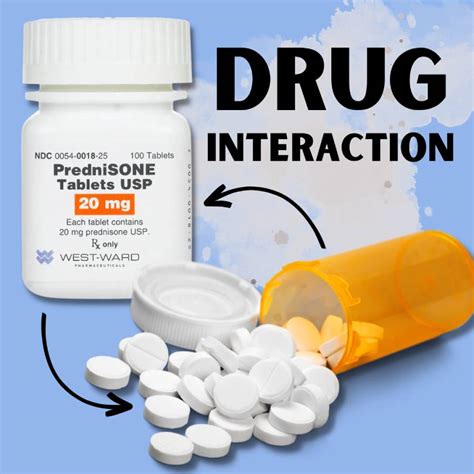
Contraindications of Prednisone
Prednisone is contraindicated in certain individuals, including: * Those with a history of allergic reactions to prednisone or other corticosteroids * Pregnant or breastfeeding women, as prednisone can pass into the fetus or baby * Individuals with certain medical conditions, such as osteoporosis, glaucoma, and cataracts * Those taking certain medications, such as blood thinners and diabetes medicationsDosage and Administration
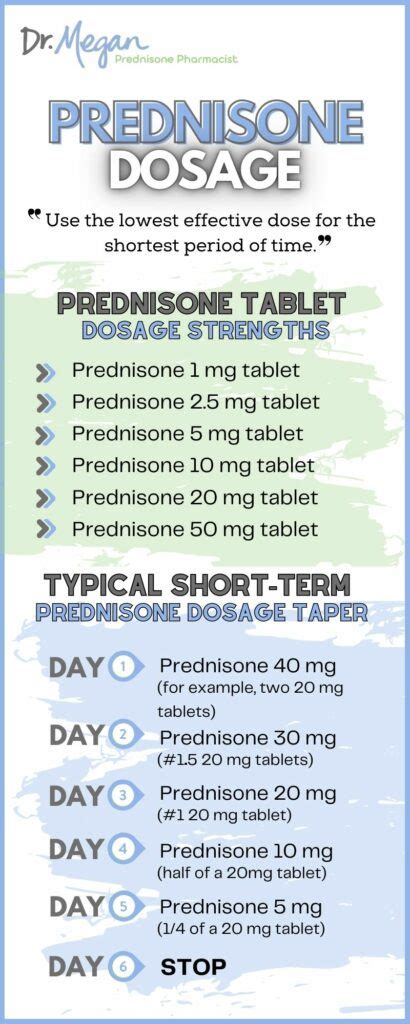
Tapering Off Prednisone
When stopping prednisone, it is crucial to taper off the medication gradually to avoid withdrawal symptoms and adrenal insufficiency. The tapering schedule will depend on the individual's dosage and duration of treatment, as well as their overall health and medical history. Healthcare providers will typically recommend a gradual tapering schedule, such as reducing the dosage by 5-10 mg every few days, to minimize the risk of withdrawal symptoms and ensure a smooth transition.Conclusion and Final Thoughts

What is prednisone used for?
+Prednisone is used to treat a variety of conditions, including asthma, allergies, arthritis, and certain types of cancer.
What are the common side effects of prednisone?
+Common side effects of prednisone include weight gain, mood changes, insomnia, and increased blood sugar levels.
Can I stop taking prednisone suddenly?
+No, it is not recommended to stop taking prednisone suddenly. Instead, you should taper off the medication gradually to avoid withdrawal symptoms and adrenal insufficiency.
